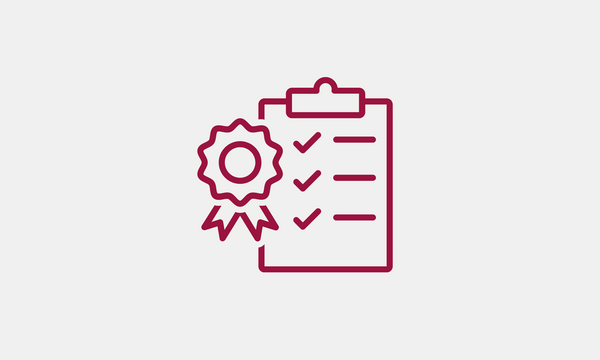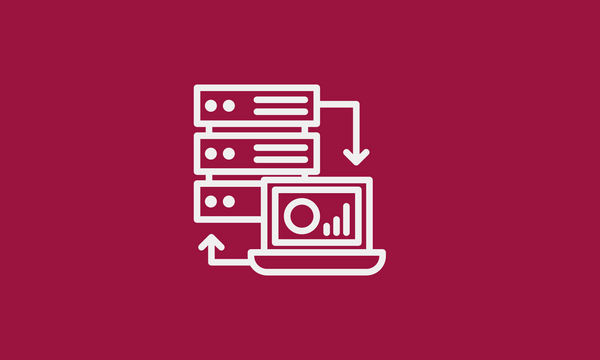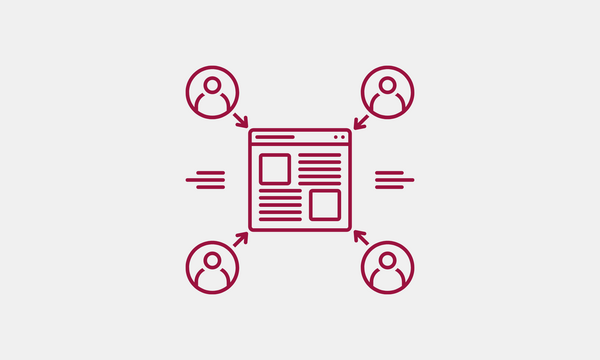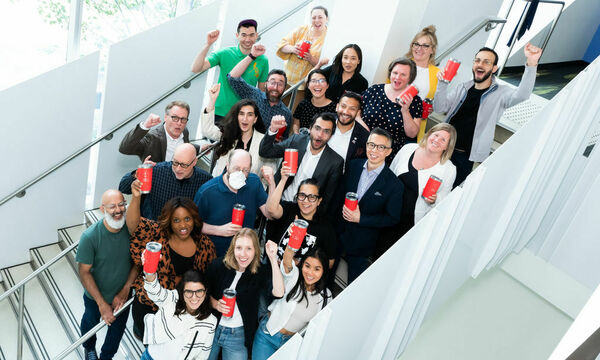It’s time for Code for Canada
Gabe Sawhney
April 4, 2017
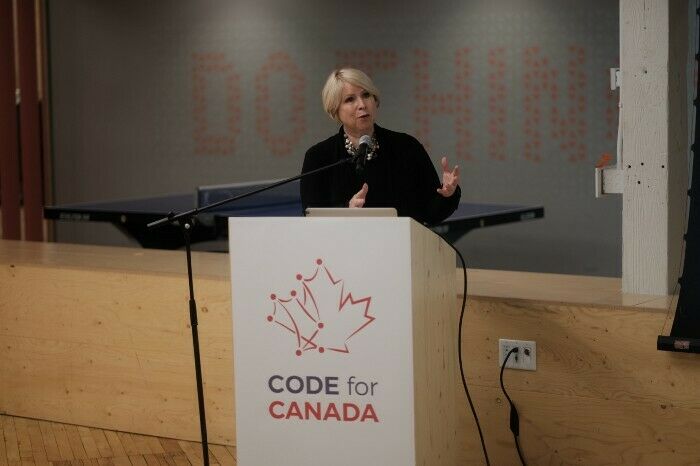
Everywhere you look, governments across Canada are stepping into the 21st century.
The federal government just announced plans for a new Canadian Digital Service, modeled after successful programs in the U.S. and the U.K. Ontario just appointed the awesome Hillary Hartley as its new Chief Digital Officer. Toronto is launching a new Civic Innovation Office, and Edmonton has become the first Canadian city to sign on to the International Open Data Charter.
Steps like these show governments realize the widespread adoption of new technology has changed Canadians’ expectations; residents now want to interact with their governments as easily and efficiently as they do a myriad of other digital services and platforms.
They’re also evidence that inside government, officials are coming around to the idea that digital products can help them serve and engage with residents better.
However, change is seldom easy. And that goes double for government, where the demands of transparency and accountability are high — and justifiably so. When you’re managing hospital beds, helping veterans with PTSD or educating the next generation of Canadian leaders, experimentation, innovation and iteration can feel like risks not worth taking.
But that’s why we started Code for Canada. We want to connect innovators inside of government with the tech and design community, and help them collaborate. We want to show people what’s possible when technology and government work in unison, so that digital no longer feels like a risk, and instead feels like a best practice.
As organizations like Code for America and Code for Australia have shown, bridging the gap between government and the tech sector is the fastest way to produce great, user-centred digital public services. Services that help vulnerable residents access healthy food, or connect job seekers with training and employers, or improve access to legal support and other government services.
There’s an enormous desire in Canada’s tech and design communities for opportunities to work on the things that matter, to apply their skills to complex and meaningful issues — like the ones governments work on every single day.
We see this energy in civic tech community groups like Civic Tech Torontoand BetaCity YEG. We see it at civic hackathons like CodeAcross 2017. And we see it in the next generation of entrepreneurs, who are looking for ways to turn their passion for civic tech into a successful business.
Code for Canada’s goal is to channel that energy into building a more prosperous, equitable and sustainable country. We can do it, but we’re going to need your help.
So, if you’re a digital professional wishing you could apply your skills to things that matter, go to codefor.ca and sign up for our fellowship program. We aim to be the best place in Canada to ship software in the public interest.
If you’re an innovator in government looking for ways to do things differently, to revamp processes, procurement or services, get in touch with us to learn how you can bring on a team of fellows.
If you’re curious about how technology, design and data can improve life in your city, reach out and we can help you start a civic tech group in your community.
Technology and design can make meaningful differences in Canadians’ lives, but technology is only as good as the people who make it. So, visit our website, follow us on Twitter or Facebook, and see how you can get involved in the civic tech movement in Canada.
You’ll be glad you did.
